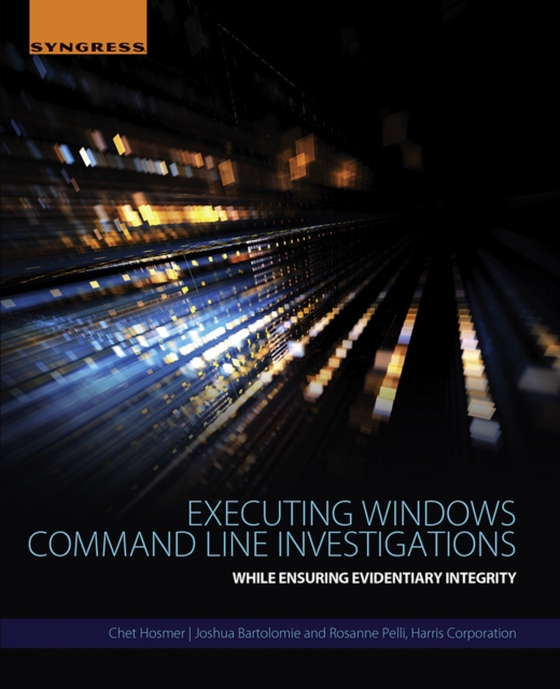
Executing Windows Command Line Investigations e-bog
473,39 DKK
(inkl. moms 591,74 DKK)
The book Executing Windows Command Line Investigations targets the needs of cyber security practitioners who focus on digital forensics and incident response. These are the individuals who are ultimately responsible for executing critical tasks such as incident response; forensic analysis and triage; damage assessments; espionage or other criminal investigations; malware analysis; and respondin...
E-bog
473,39 DKK
Forlag
Syngress
Udgivet
11 juni 2016
Længde
228 sider
Genrer
Knowledge management
Sprog
English
Format
pdf
Beskyttelse
LCP
ISBN
9780128092712
The book Executing Windows Command Line Investigations targets the needs of cyber security practitioners who focus on digital forensics and incident response. These are the individuals who are ultimately responsible for executing critical tasks such as incident response; forensic analysis and triage; damage assessments; espionage or other criminal investigations; malware analysis; and responding to human resource violations. The authors lead readers through the importance of Windows CLI, as well as optimal configuration and usage. Readers will then learn the importance of maintaining evidentiary integrity, evidence volatility, and gain appropriate insight into methodologies that limit the potential of inadvertently destroying or otherwise altering evidence. Next, readers will be given an overview on how to use the proprietary software that accompanies the book as a download from the companion website. This software, called Proactive Incident Response Command Shell (PIRCS), developed by Harris Corporation provides an interface similar to that of a Windows CLI that automates evidentiary chain of custody and reduces human error and documentation gaps during incident response. Includes a free download of the Proactive Incident Response Command Shell (PIRCS) software Learn about the technical details of Windows CLI so you can directly manage every aspect of incident response evidence acquisition and triage, while maintaining evidentiary integrity
 Dansk
Dansk

